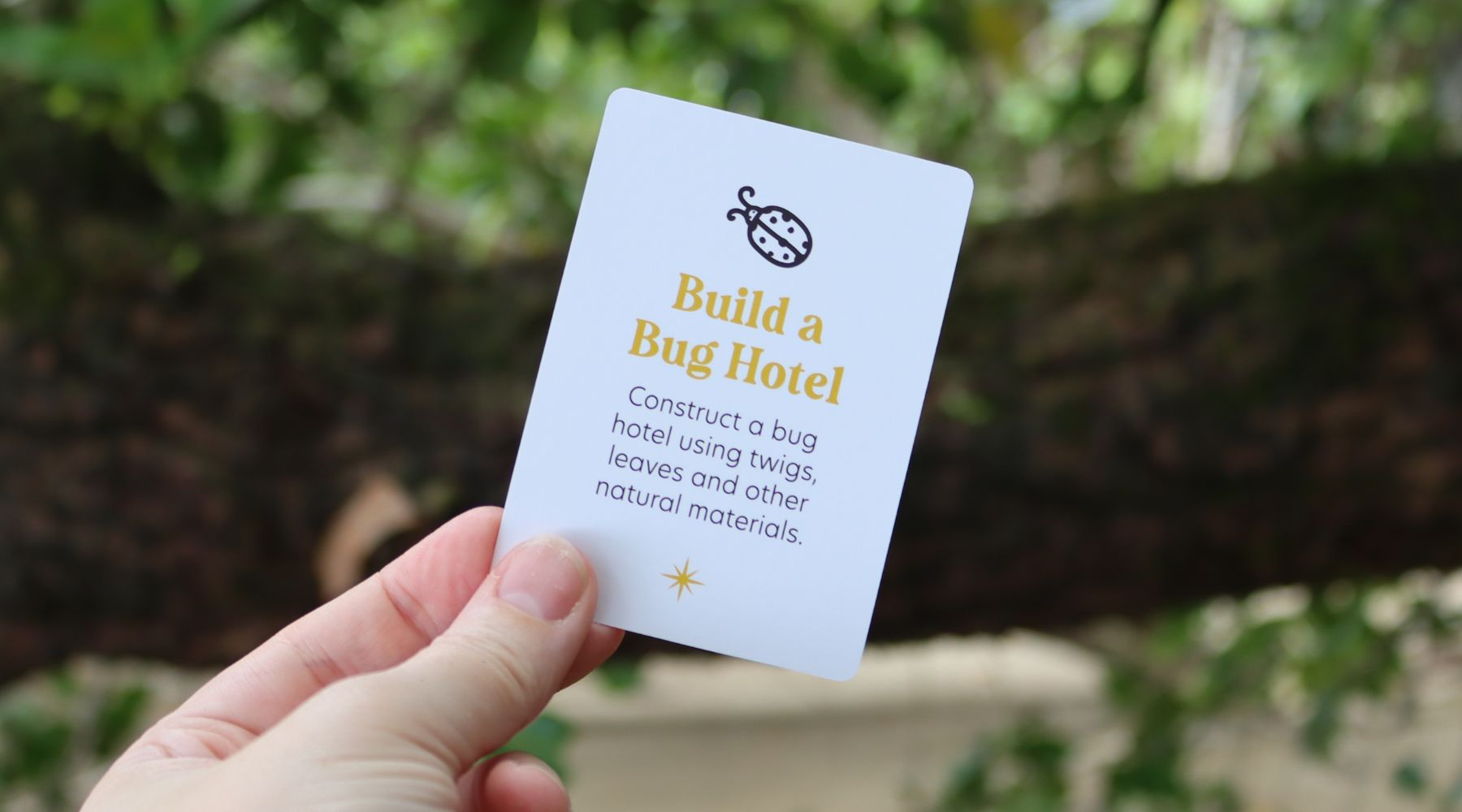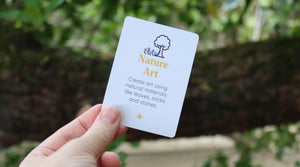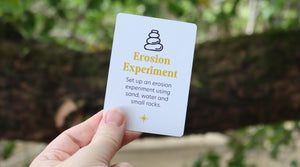Building a bug hotel is a fun and educational way to help the environment while exploring the fascinating world of insects. A bug hotel provides shelter for beneficial bugs, such as ladybugs, bees, and butterflies, which play vital roles in our ecosystems. In this blog, we’ll guide you through the steps to construct your very own bug hotel using natural materials.
Why Build a Bug Hotel?
Bug hotels are important because they offer a safe space for insects to rest, breed, and hide from predators. They can help improve your garden’s health by attracting pollinators and natural pest controllers. Plus, creating a bug hotel is a great hands-on project that encourages kids to engage with nature!
Materials You’ll Need:
- Twigs and branches (for structure)
- Dry leaves or straw (for insulation and bedding)
- Pinecones (for small nooks)
- Hollow stems (like bamboo or reeds) or small pieces of wood (for nesting)
- A sturdy base (like a wooden crate or a pile of stones)
- Rope or twine (optional, for tying materials together)
Step-by-Step Guide to Building Your Bug Hotel
1. Choose a Location
Find a suitable spot in your yard or garden that gets some sunlight and is sheltered from strong winds. The hotel should be placed near plants and flowers to attract bugs.
2. Build the Base
Use a wooden crate, old birdhouse, or pile of stones as the base for your bug hotel. Make sure it’s sturdy and stable to withstand the elements. If using stones, stack them in a way that creates small crevices.
3. Gather Natural Materials
Collect a variety of natural materials from your yard or nearby area. Look for:
- Twigs and branches: These will form the structure and walls of your bug hotel.
- Dry leaves or straw: These materials can be used as bedding and insulation.
- Pinecones: They create cosy nooks for bugs to hide in.
- Hollow stems: Plants like bamboo or reeds provide perfect nesting spots for solitary bees.
4. Assemble the Bug Hotel
Start placing your materials in the base. You can create different sections by layering materials:
- Twigs: Stack them vertically or horizontally to form walls.
- Leaves and straw: Fill gaps with dry leaves or straw to provide insulation and hiding spots.
- Hollow stems and wood: Add these in clusters to create nesting areas for insects.
5. Add Decorative Touches (Optional)
You can decorate your bug hotel with colourful stones, painted wood, or other natural decorations to make it visually appealing while attracting insects.
6. Secure Your Bug Hotel
If you’ve used loose materials, consider tying them together with rope or twine to ensure they stay in place. This will help maintain the structure and provide a safe environment for the bugs.
Maintenance and Observation
Once your bug hotel is complete, take some time to observe the insects that visit. Here are some tips for maintenance and observation:
- Check for occupancy: Look for signs of bugs using the hotel, such as mud in hollow stems or insects resting inside.
- Keep it clean: Occasionally, check for debris or old materials and remove anything that looks mouldy or rotten.
- Be patient: It may take some time for insects to find your hotel. Be patient and continue to observe nature around you.
Fun Facts About Insects and Bug Hotels
- Did you know? Many solitary bees do not live in hives like honeybees. Instead, they prefer nesting in small, hidden spaces—just like those provided by your bug hotel.
- Interesting fact: Bug hotels can host a variety of insects, including beneficial predators like ladybugs and lacewings, which help control pests in your garden.
Wrapping Up Your Bug Hotel Project
Building a bug hotel is a wonderful way to support local wildlife while enjoying a fun, hands-on project. Not only does it provide a safe haven for beneficial insects, but it also helps teach kids about the importance of biodiversity and caring for the environment.



